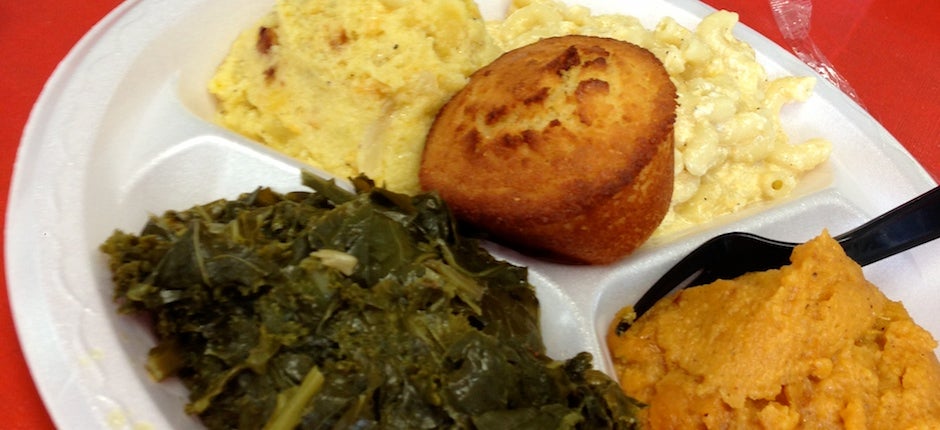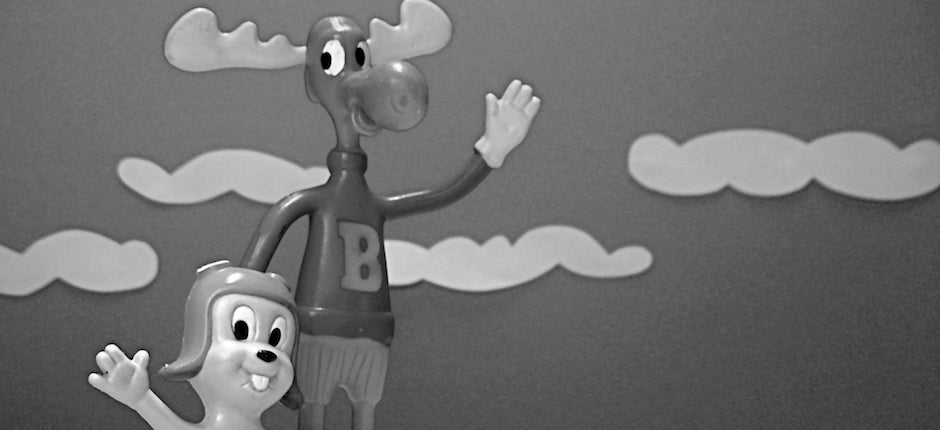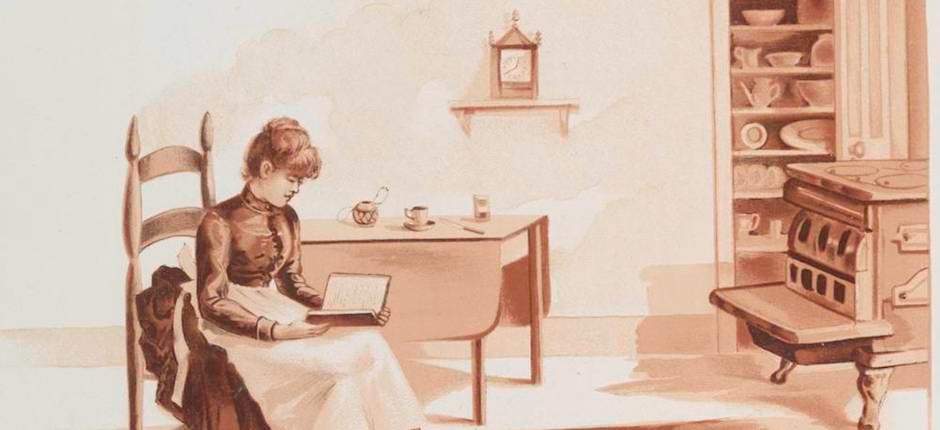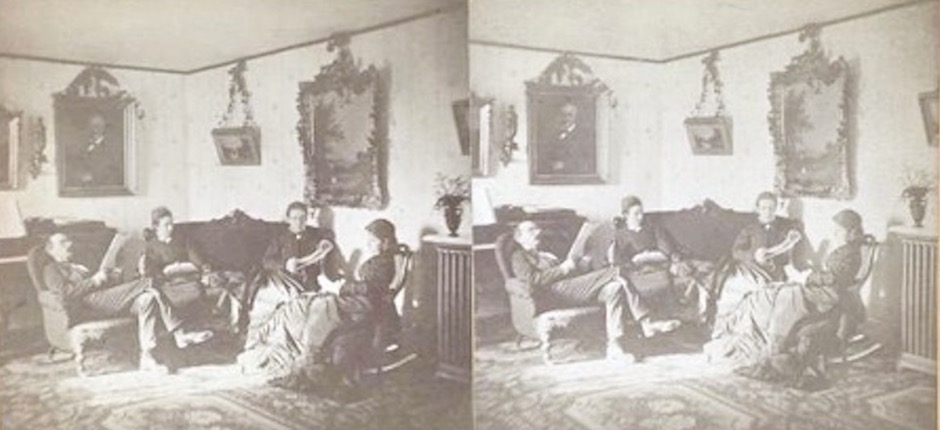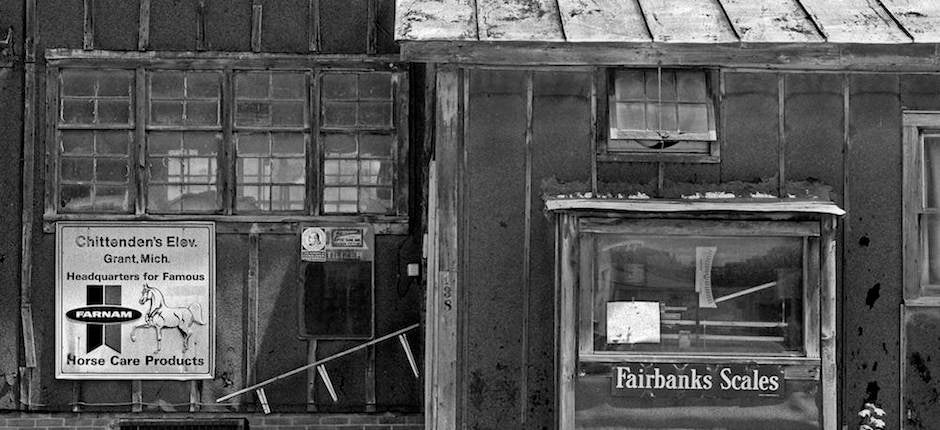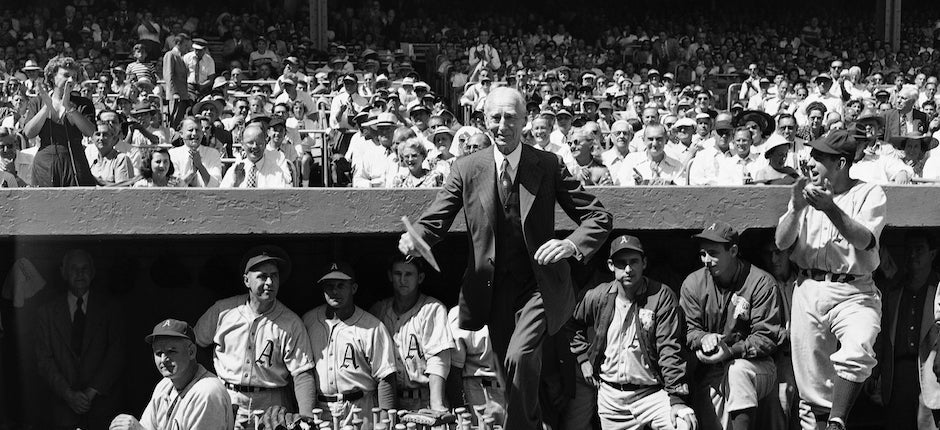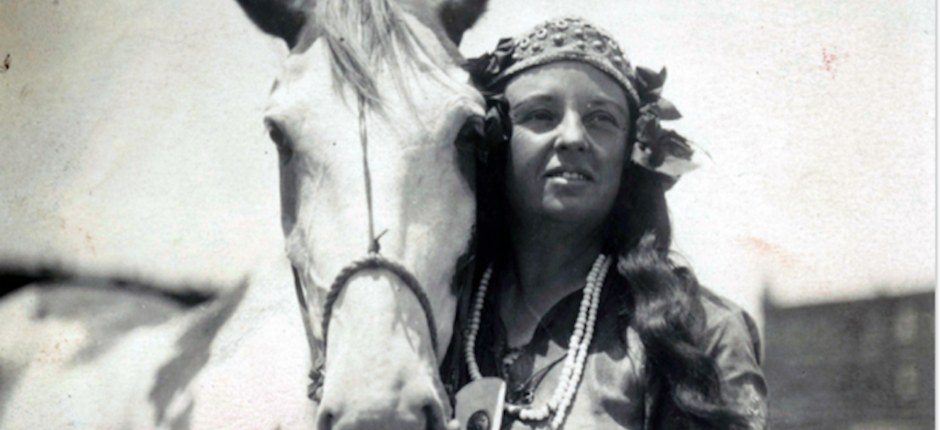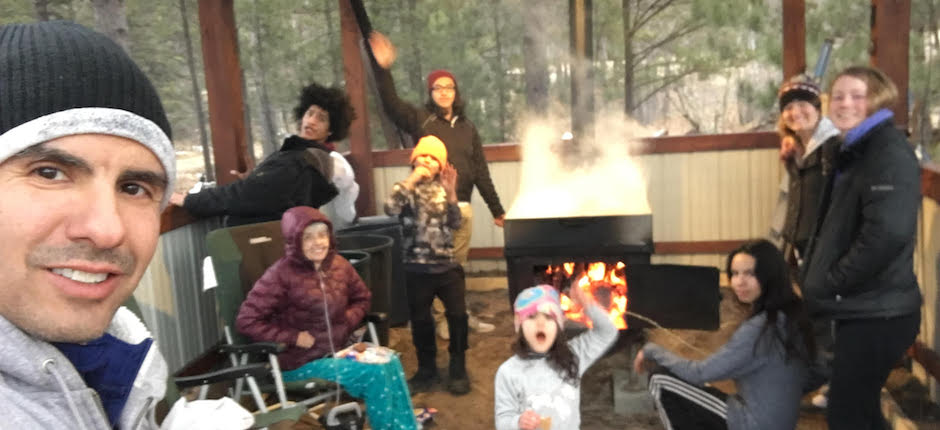Our Revelatory Culinary Road Trip Through the New South
What Chorizo, Hummus, and Chiles Rellenos Say About a Changing Region
It was New Year’s Day in Charlotte, North Carolina, and seemingly half of Mecklenburg County had come to the K&W Cafeteria for black-eyed peas, greens, and hog jowls—foods to bring good luck for the year ahead. The Formica tables were packed with local ladies in their fancy hats, college kids, tired families, and business folks in suits, all snaking slowly through a winding line to order.
We were at the K&W reflecting on a year-long mission to understand how Southern …


